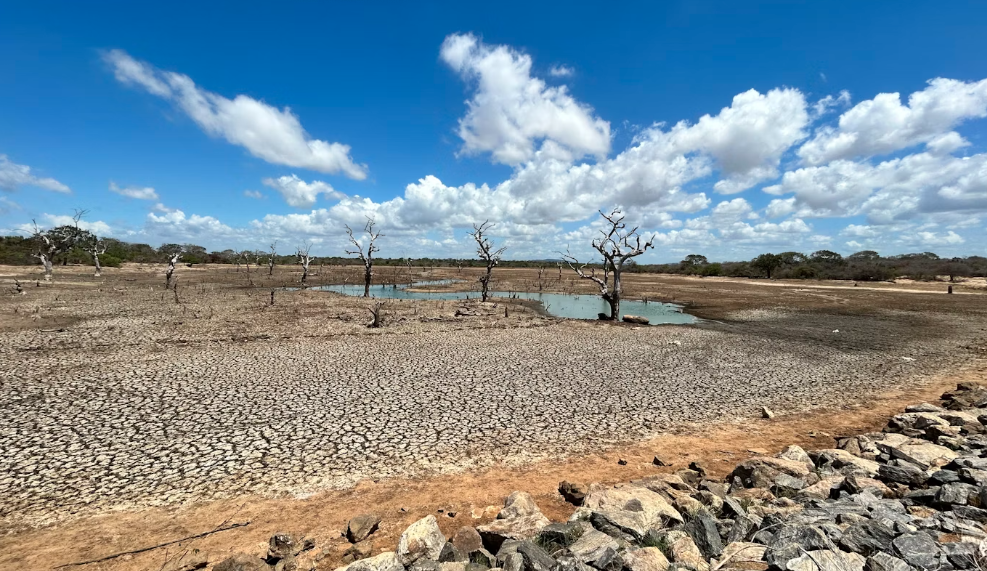Rewriting the Weather: From Probabilities to Storylines
When a devastating heatwave, flood, or hurricane strikes, the question inevitably arises: was this caused by climate change? For decades, climate scientists hesitated to answer. The atmosphere is chaotic; extreme events have multiple causes. The best they could offer was...







